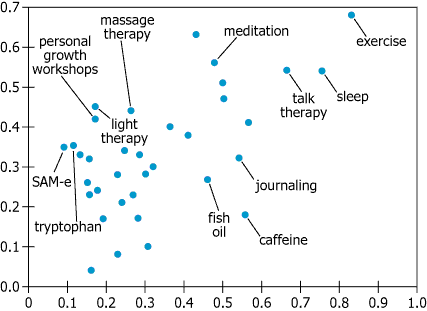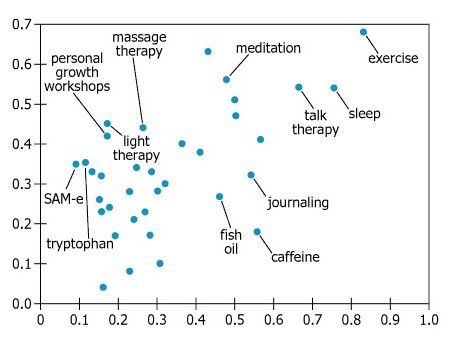Events & Promotions
|
|

GMAT Club Daily Prep
Thank you for using the timer - this advanced tool can estimate your performance and suggest more practice questions. We have subscribed you to Daily Prep Questions via email.
Customized
for You
Track
Your Progress
Practice
Pays
Not interested in getting valuable practice questions and articles delivered to your email? No problem, unsubscribe here.
- Nov 19
12:30 PM EST
-01:30 PM EST
Learn how Keshav, a Chartered Accountant, scored an impressive 705 on GMAT in just 30 days with GMATWhiz's expert guidance. In this video, he shares preparation tips and strategies that worked for him, including the mock, time management, and more - Nov 20
07:30 AM PST
-08:30 AM PST
Learn what truly sets the UC Riverside MBA apart and how it helps in your professional growth - Nov 20
01:30 PM EST
-02:30 PM IST
Learn how Kamakshi achieved a GMAT 675 with an impressive 96th %ile in Data Insights. Discover the unique methods and exam strategies that helped her excel in DI along with other sections for a balanced and high score. - Nov 22
11:00 AM IST
-01:00 PM IST
Do RC/MSR passages scare you? e-GMAT is conducting a masterclass to help you learn – Learn effective reading strategies Tackle difficult RC & MSR with confidence Excel in timed test environment - Nov 23
11:00 AM IST
-01:00 PM IST
Attend this free GMAT Algebra Webinar and learn how to master the most challenging Inequalities and Absolute Value problems with ease. - Nov 24
07:00 PM PST
-08:00 PM PST
Full-length FE mock with insightful analytics, weakness diagnosis, and video explanations! - Nov 25
10:00 AM EST
-11:00 AM EST
Prefer video-based learning? The Target Test Prep OnDemand course is a one-of-a-kind video masterclass featuring 400 hours of lecture-style teaching by Scott Woodbury-Stewart, founder of Target Test Prep and one of the most accomplished GMAT instructors.
Dropdown 1: exercise
Dropdown 2: caffeine
Be sure to select an answer first to save it in the Error Log before revealing the correct answer (OA)!
Difficulty:
 5%
(low)
5%
(low)
Question Stats:
82% (01:28) correct 18%
(01:40)
wrong
18%
(01:40)
wrong  based on 1486
sessions
based on 1486
sessions
History
Date
Time
Result
Not Attempted Yet

The graphic displays results of an Internet survey on the effectiveness and popularity of various treatments for depression. The scale on the horizontal axis represents popularity, P, defined as the fraction of all respondents who tried the treatment; the scale on the vertical axis represents effectiveness, F, defined as the fraction of all respondents who considered a given treatment to be effective.
On the basis of the information provided, select from each of the drop-down menus the option that creates the most accurate statement.
The treatment that was both the most effective and used by the greatest number of people is .
Among the labeled treatments tried by more than half of the respondents, was the least effective.
ID: 100313

111.jpg [ 37.4 KiB | Viewed 23715 times ]
Attachment:
111.jpg [ 37.4 KiB | Viewed 23715 times ]
ShowHide Answer
Official Answer
Dropdown 1: exercise
Dropdown 2: caffeine
Kudos
Bookmarks
Official Explanation
The scale on the graph's vertical axis represents effectiveness, defined as the fraction of respondents who considered a given treatment effective, with greater fractions higher on the axis. Therefore, dots higher in the graph represent more effective treatments. The scale on the horizontal axis represents the fraction of respondents who have tried a given treatment, with greater fractions farther to the right. Therefore, dots farther to the right in the graph represent treatments that more people have tried. The dot representing exercise is both the highest and the farthest to the right, indicating that exercise is both the most effective treatment and the one the most people have tried.
The correct answer is exercise.
As discussed in the analysis above, dots higher in the graph represent more effective treatments, and dots farther to the right represent treatments that more people have tried. The treatments that more than half the respondents have tried are those represented by dots to the right of the mark at 0.5 on the horizontal axis. Among those dots, the one labeled "caffeine" is lowest, indicating that caffeine is the least effective treatment that more than half the respondents have tried.
The correct answer is caffeine.
The scale on the graph's vertical axis represents effectiveness, defined as the fraction of respondents who considered a given treatment effective, with greater fractions higher on the axis. Therefore, dots higher in the graph represent more effective treatments. The scale on the horizontal axis represents the fraction of respondents who have tried a given treatment, with greater fractions farther to the right. Therefore, dots farther to the right in the graph represent treatments that more people have tried. The dot representing exercise is both the highest and the farthest to the right, indicating that exercise is both the most effective treatment and the one the most people have tried.
The correct answer is exercise.
As discussed in the analysis above, dots higher in the graph represent more effective treatments, and dots farther to the right represent treatments that more people have tried. The treatments that more than half the respondents have tried are those represented by dots to the right of the mark at 0.5 on the horizontal axis. Among those dots, the one labeled "caffeine" is lowest, indicating that caffeine is the least effective treatment that more than half the respondents have tried.
The correct answer is caffeine.
General Discussion
Kudos
Bookmarks
1)C,exercise since it is at the topmost section of graph in terms of the vertical axis (effectiveness fraction) and in the rightmost side in terms of horizontal axis.(fraction who tried the option)
2) Caffeine,since it is >0.5 at the horizontal axis
Posted from my mobile device
2) Caffeine,since it is >0.5 at the horizontal axis
Posted from my mobile device














